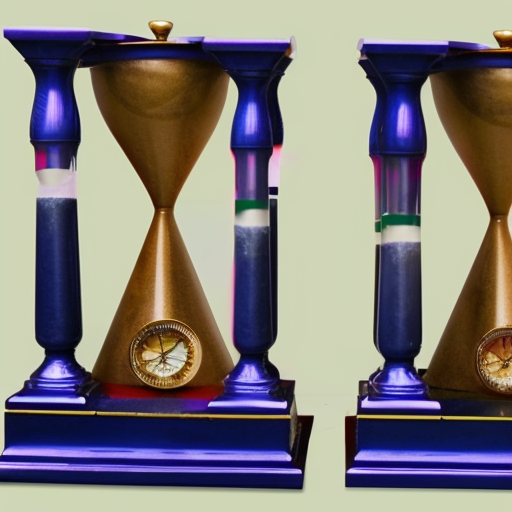F. Scott Fitzgerald’s writing often uses setting as an important tool in establishing the context and tone of his work. In the passage from his classic novel The Great Gatsby, Fitzgerald employs setting to create atmosphere, underscore cultural differences, and introduce themes of jealousy and undying love.
The geographical context of the two main settlements of East Egg and West Egg serve as a powerful metaphor for the divide between the wealthy and the nouveau riche. By positioning the characters of Gatsby and Daisy from opposite sides of the bay, Fitzgerald underlines the disparities between their respective worlds.
The setting also provides the backdrop for the introduction of Gatsby’s ambitious, almost quixotic, pursuit of Daisy. His search for her symbolizes his trying and ultimately failing to reconcile their past with his future hopes. His attempts to bridge the rift between their divides, symbolized by the East and West Egg, represent his great love for Daisy.
In conclusion, Fitzgerald uses setting in the exposition of this passage to create atmosphere, emphasize cultural disparities, and introduce themes of jealousy and undying love. The symbolic divide between East Egg and West Egg serves as a powerful metaphor for the distance between Gatsby and Daisy, and the impossibility of reuniting with his lost love.
By John Doe
Date: 2023-05-26

